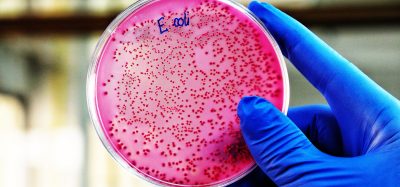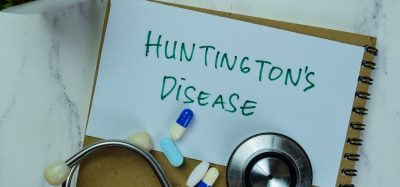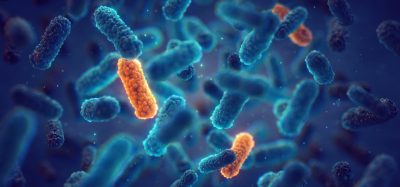Helping blood cells to regenerate after radiation therapy
Posted: 24 October 2018 | Drug Target Review | No comments yet
Researchers at MIT have identified a way to stimulate a particular stem cell in order the hasten the regeneration of red blood cells…


Patients with blood cancers such as leukemia and lymphoma are often treated by irradiating their bone marrow to destroy the diseased cells. After the treatment, patients are vulnerable to infection and fatigue until new blood cells grow back.
MIT researchers have now devised a way to help blood cells regenerate faster. Their method involves stimulating a particular type of stem cell to secrete growth factors that help precursor cells differentiate into mature blood cells.
Using a technique known as mechanopriming, the researchers grew mesenchymal stem cells (MSCs) on a surface whose mechanical properties are very similar to that of bone marrow. This induced the cells to produce special factors that help hematopoietic stem and progenitor cells (HSPCs) differentiate into red and white blood cells, as well as platelets and other blood cells.
“You can think about it like you’re trying to grow a plant,” said Dr Krystyn Van Vliet, the Michael and Sonja Koerner Professor of Materials Science and Engineering, a Professor of Biological Engineering, and Associate Provost. “The MSCs are coming in and improving the soil so that the progenitor cells can start proliferating and differentiating into the blood cell lineages that you need to survive.”
In a study of mice, the researchers showed that the specially grown MSCs helped the animals to recover much more quickly from bone marrow irradiation.
The paper’s lead author is recent MIT PhD recipient Frances Liu. Other authors are Singapore-MIT Alliance for Research and Technology (SMART) postdoc Dr Kimberley Tam, recent MIT PhD recipient Novalia Pishesha, and former SMART postdoc Dr Zhiyong Poon, now at Singapore General Hospital.
MSCs are produced throughout the body and can differentiate into a variety of tissues, including bone, cartilage, muscle, and fat. They can also secrete proteins that help other types of stem cells differentiate into mature cells.
“They act like drug factories,” Van Vliet says. “They can become tissue lineage cells, but they also pump out a lot of factors that change the environment that the hematopoietic stem cells are operating in.”
When cancer patients receive a stem cell transplant, they usually receive only HPSCs, which can become blood cells. Van Vliet’s team has shown previously that when mice are also given MSCs, they recover faster. However, in a given population of MSCs, usually only about 20 percent produce the factors that are needed to stimulate blood cell growth and bone marrow recovery.
“Left to their own devices in the current state-of-the-art culture environments, MSCs become heterogeneous and they all express a variety of factors,” Prof Van Vliet says.
In an earlier study, Prof Van Vliet and her SMART colleagues showed that she could sort MSCs with a special microfluidic device that can identify the 20 percent that promote blood cell growth. However, she and her students wanted to improve on that by finding a way to stimulate an entire population of MSCs to produce the necessary factors.
To do that, they first had to discover which factors were the most important. They showed that while many factors contribute to blood cell differentiation, secretion of a protein called osteopontin was most highly correlated with better survival rates in mice treated with MSCs.
The researchers then explored the idea of “mechanopriming” the cells so that they would produce more of the necessary factors. Over the past decade, Prof Van Vliet and other researchers have shown that varying the mechanical properties of surfaces on which stem cells are grown can affect their differentiation into mature cell types. However, in this study, for the first time, she showed that mechanical properties can also affect the factors that stem cells secrete before committing to a specific tissue cell lineage.
Usually, stem cells removed from the body are grown on a flat sheet of glass or stiff plastic. The MIT team decided to try growing the cells on a polymer called PDMS and to vary its mechanical properties to see how that would affect the cells. They designed materials that varied in both their stiffness and their viscosity, which is a measure of how quickly the material stretches when stress is applied.
The researchers found that MSCs grown on materials with mechanical properties most similar that of bone marrow produced the greatest number of the factors necessary to induce HPSPCs to differentiate into mature blood cells.
The paper was published in the journal Stem Cell Research and Therapy.
Related topics
Disease Research, Drug Targets, Research & Development, Screening, Stem Cells, Therapeutics
Related organisations
Massachusetts Institute of Technology, Singapore General Hospital
Related people
Dr Kimberley Tam, Dr Zhiyong Poon, Frances Liu, Novalia Pishesha, Professor Krystyn Van Vliet








